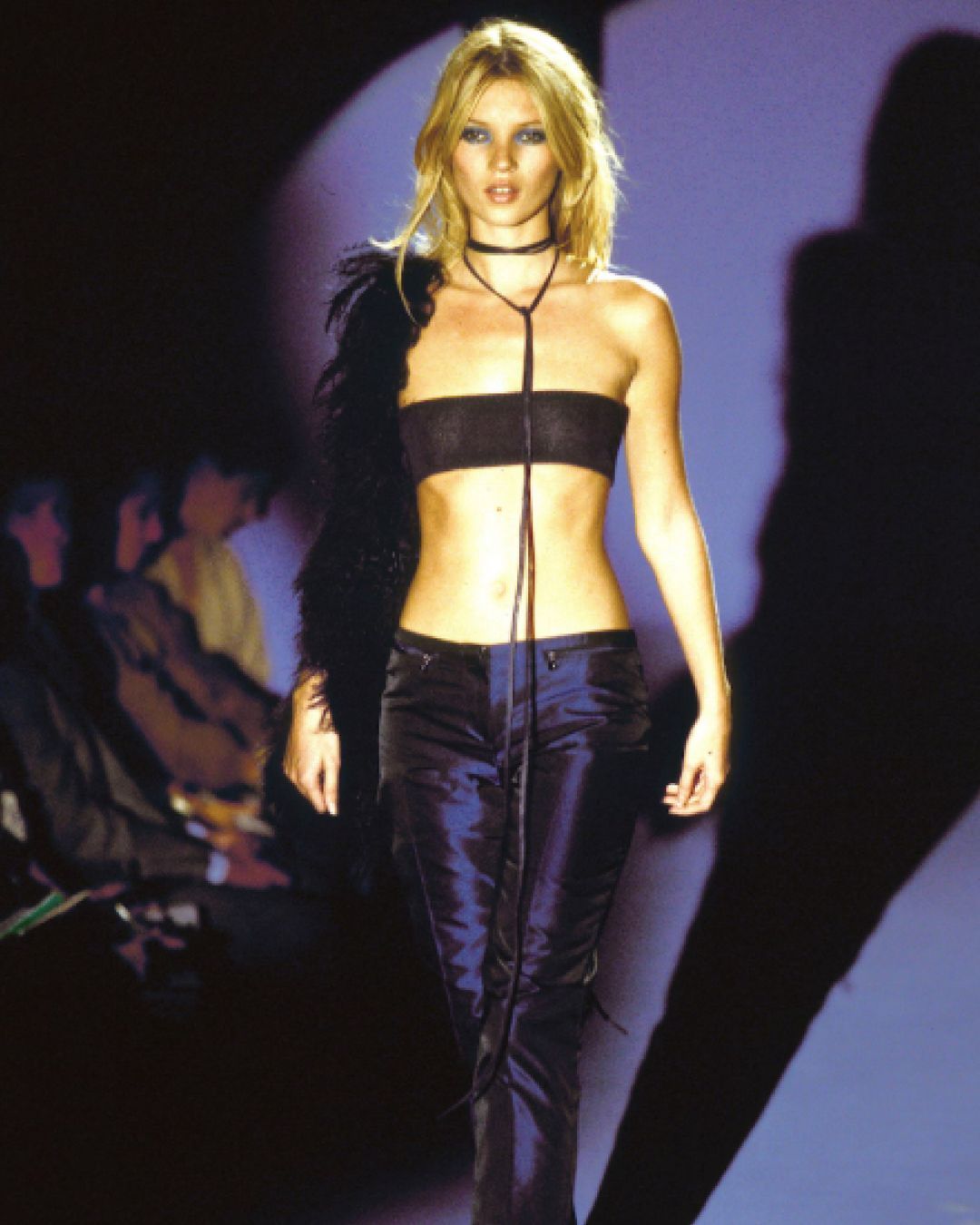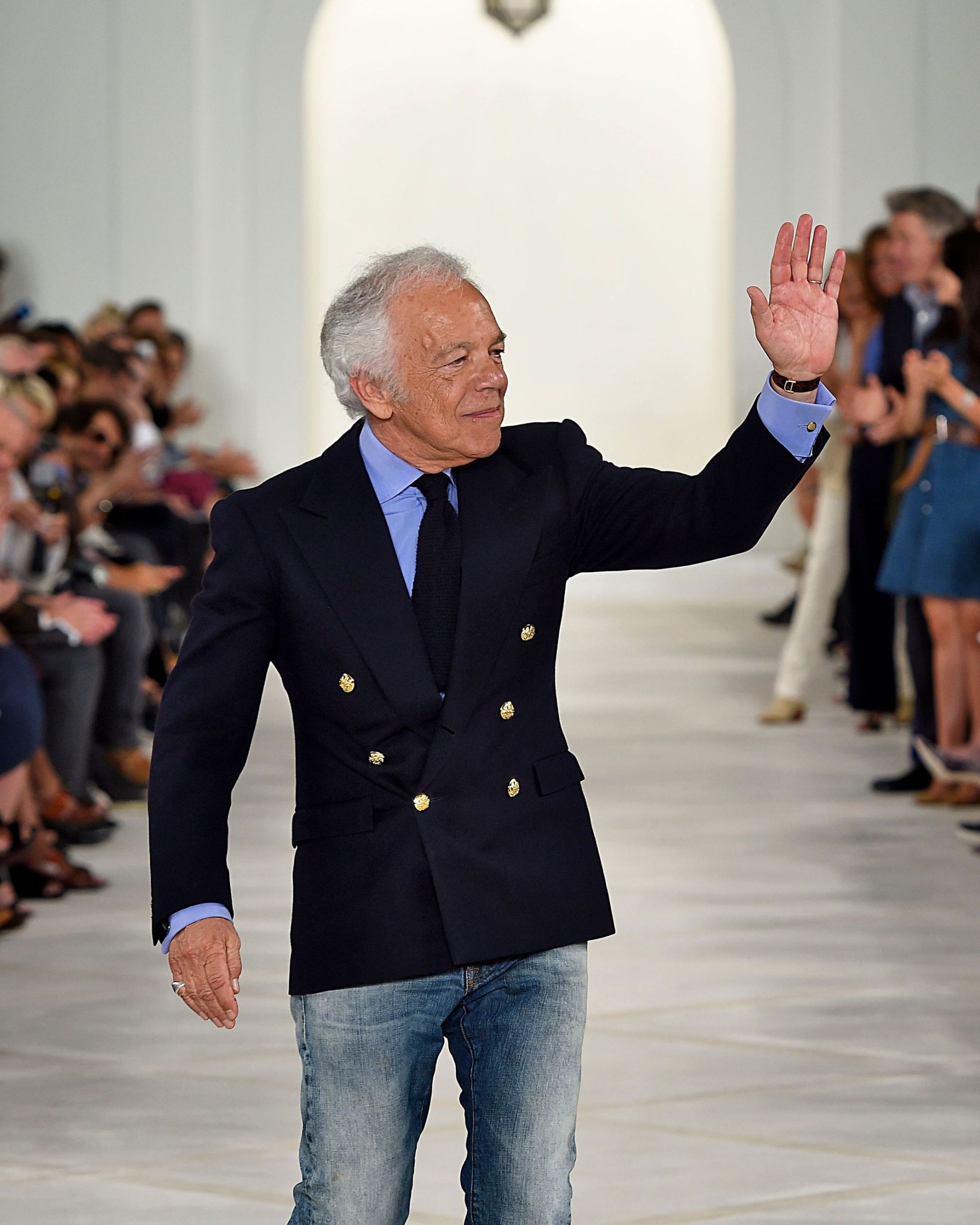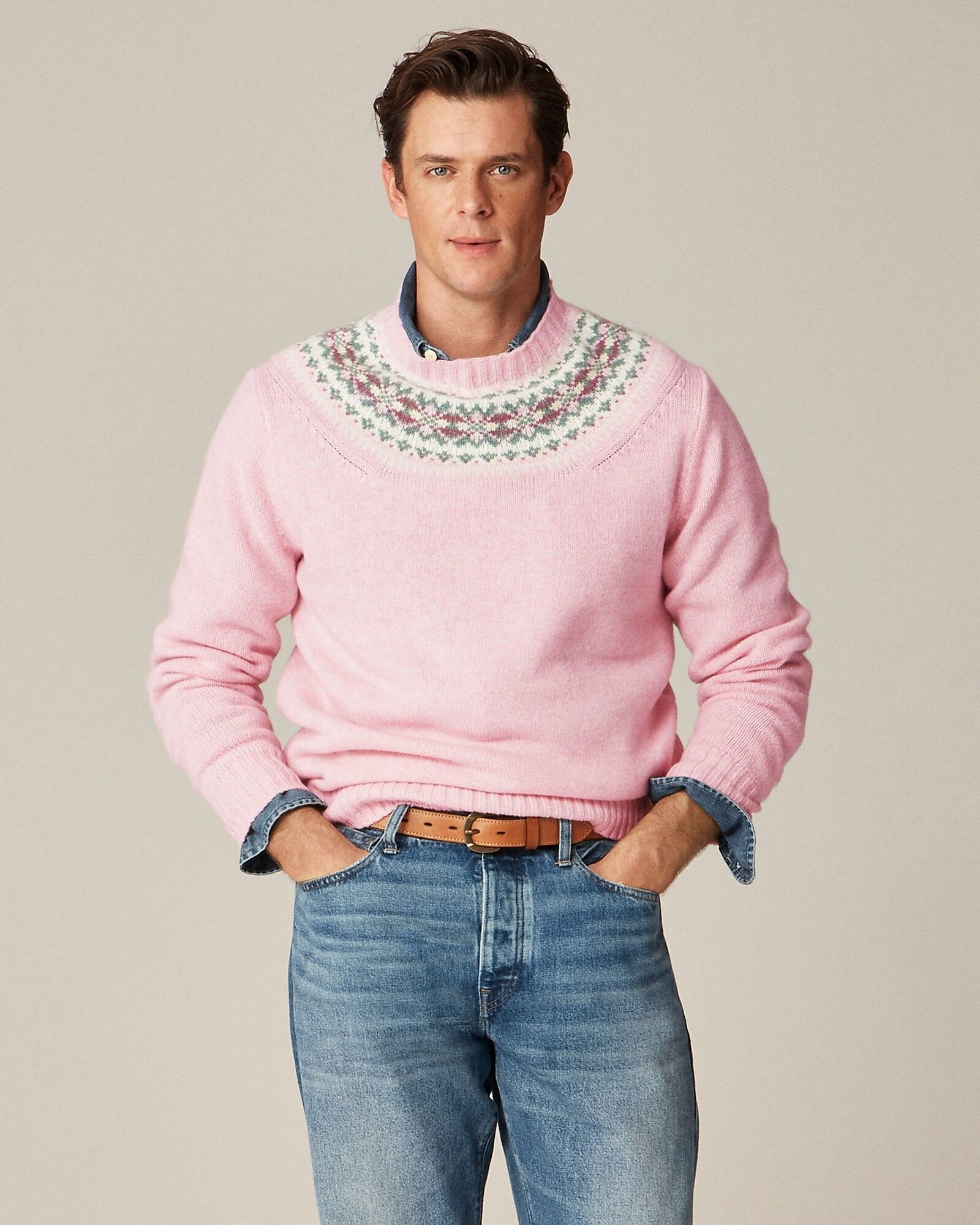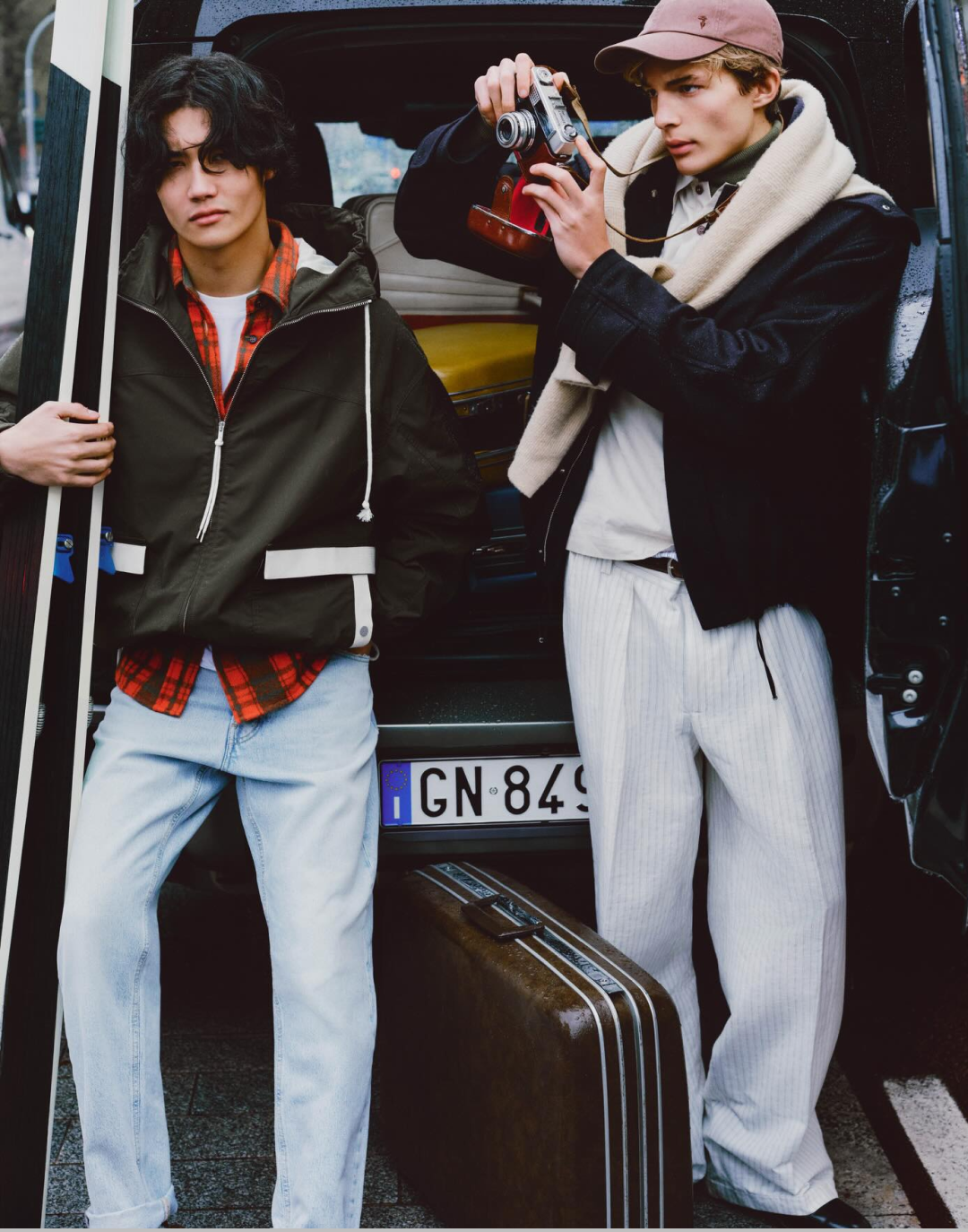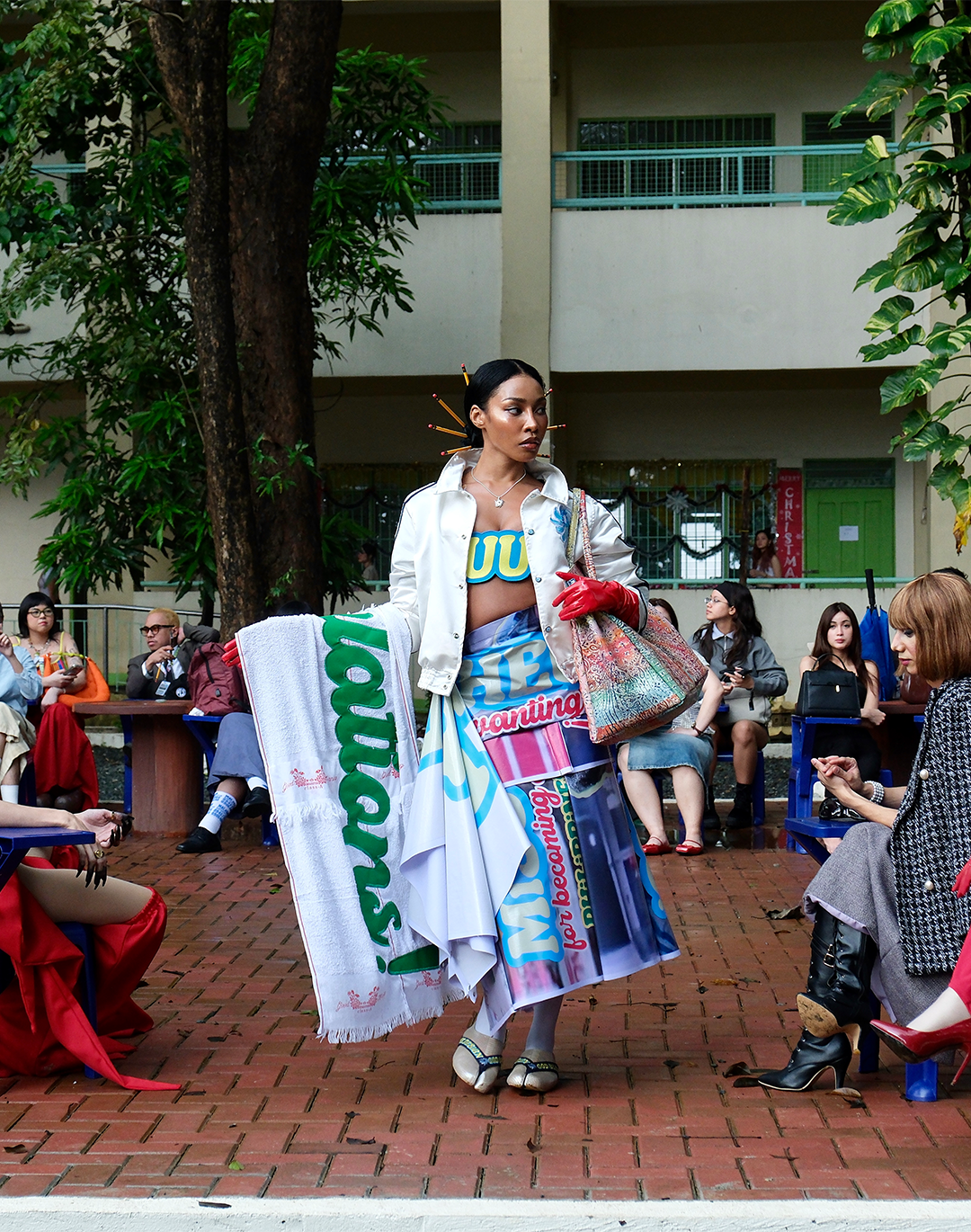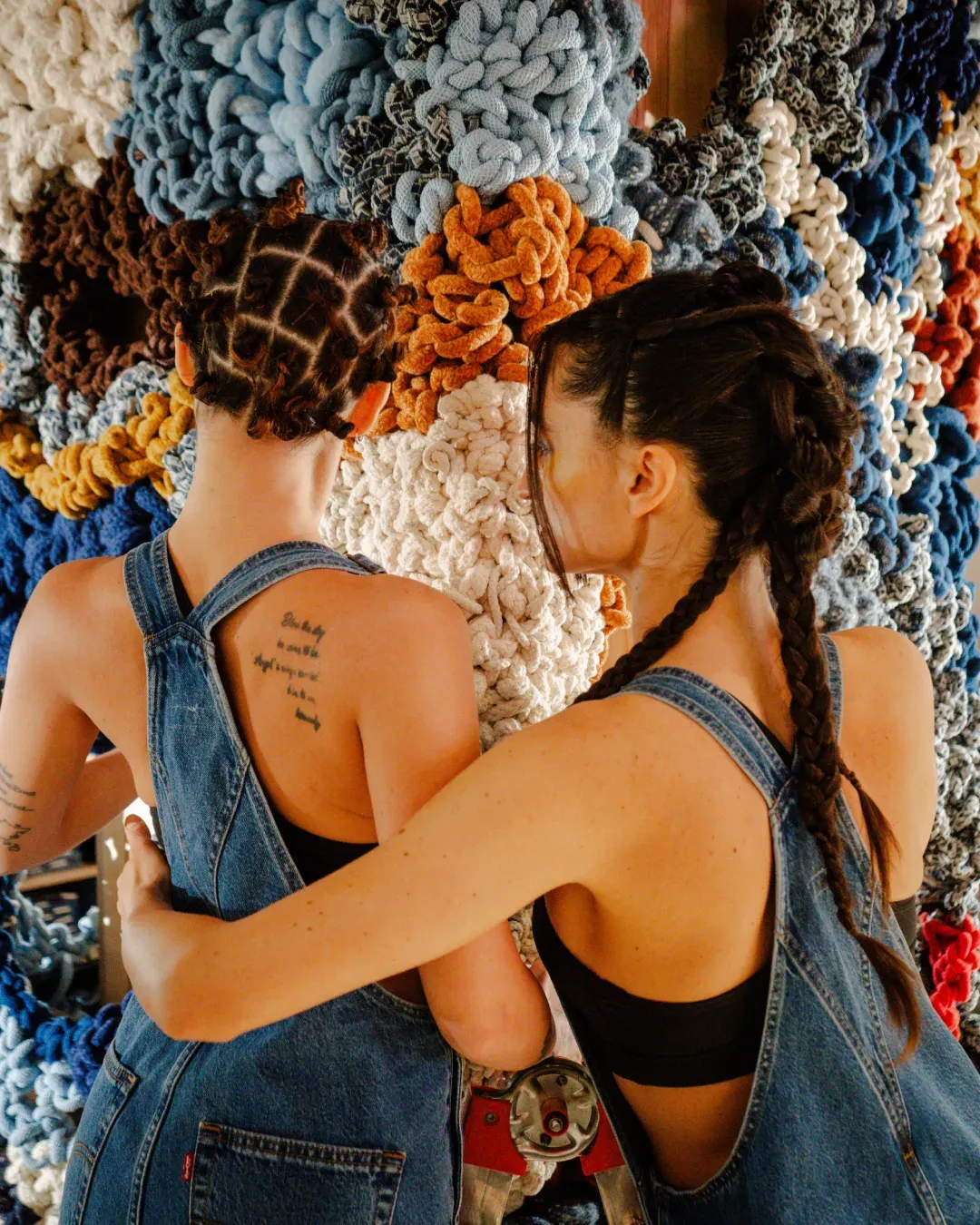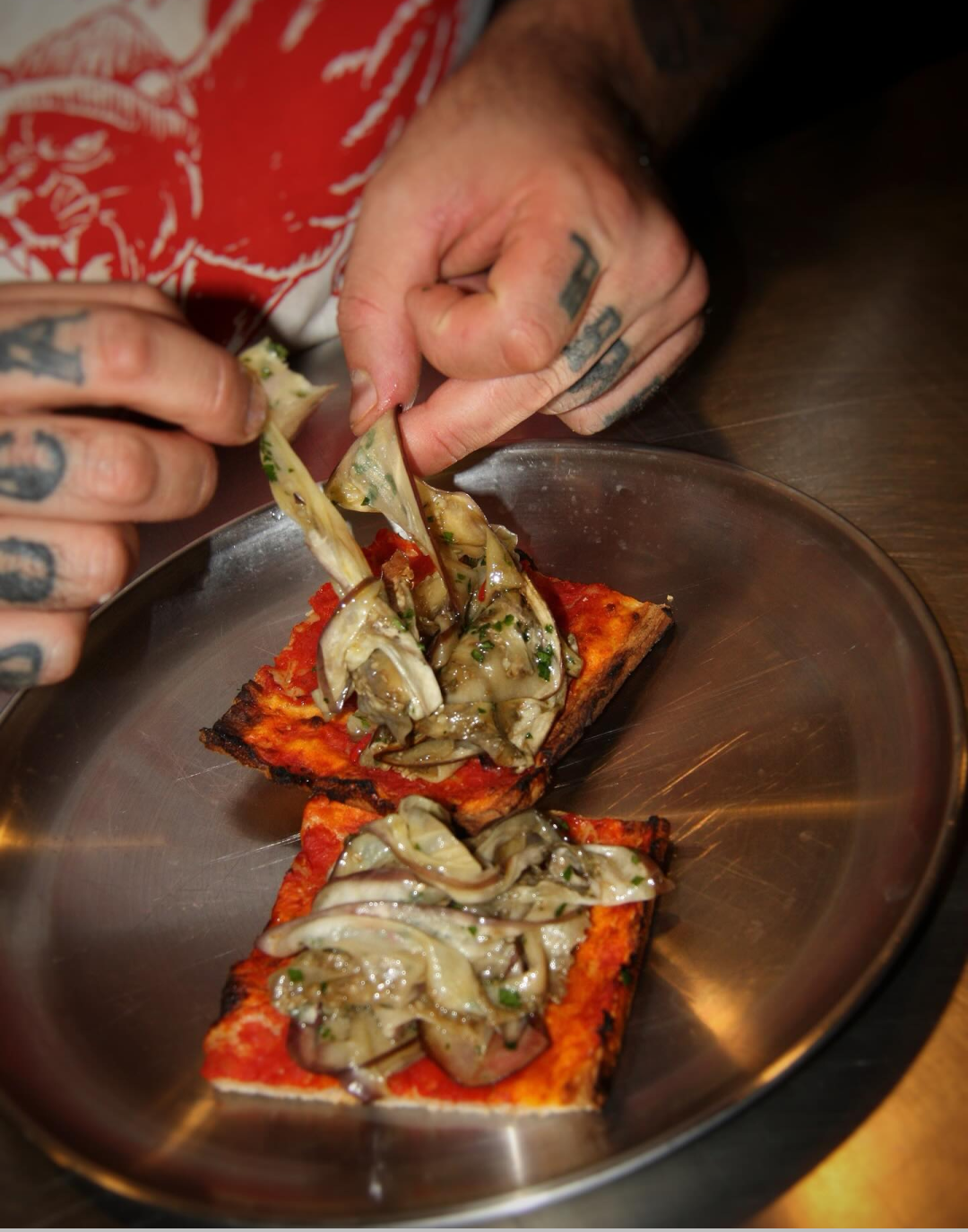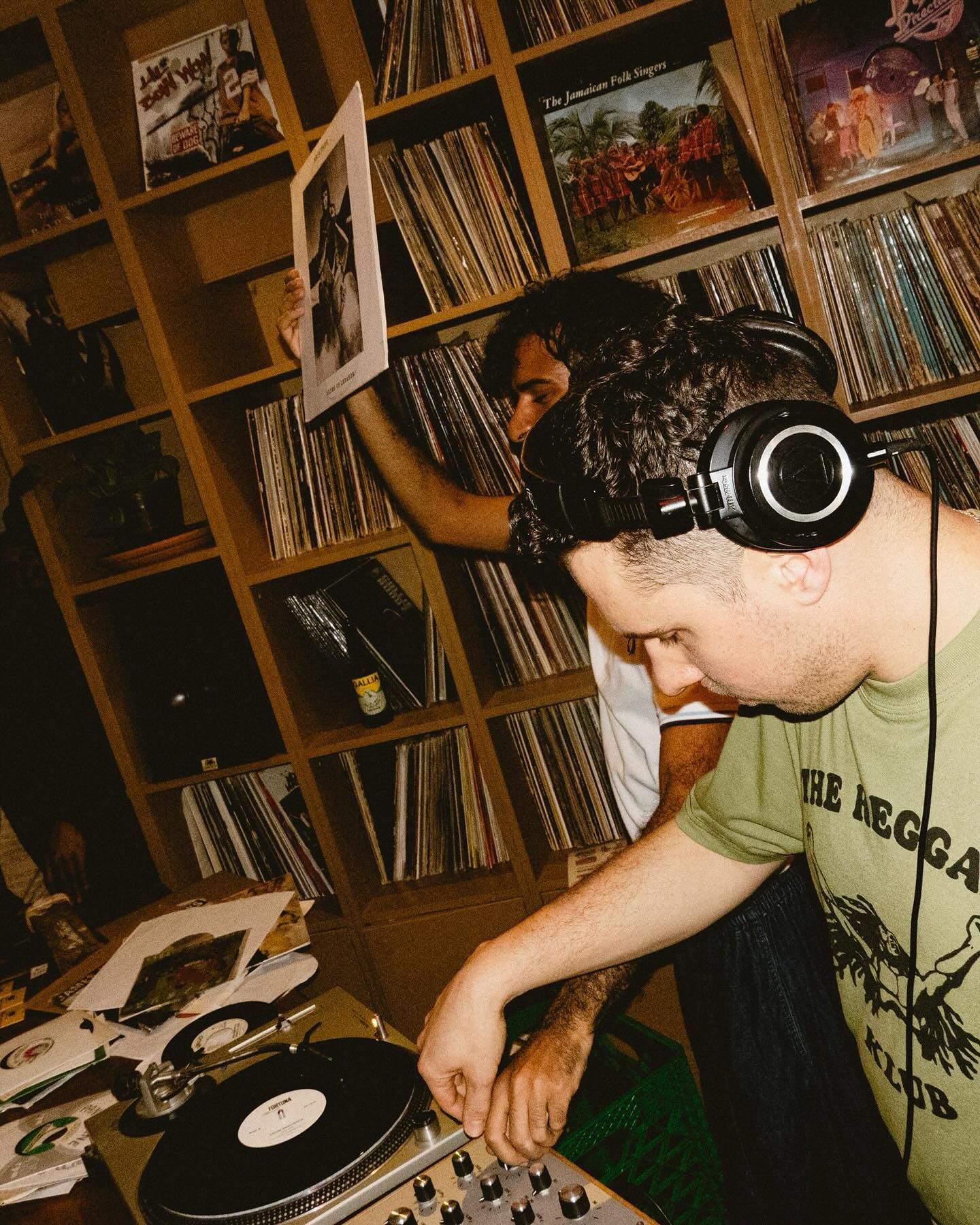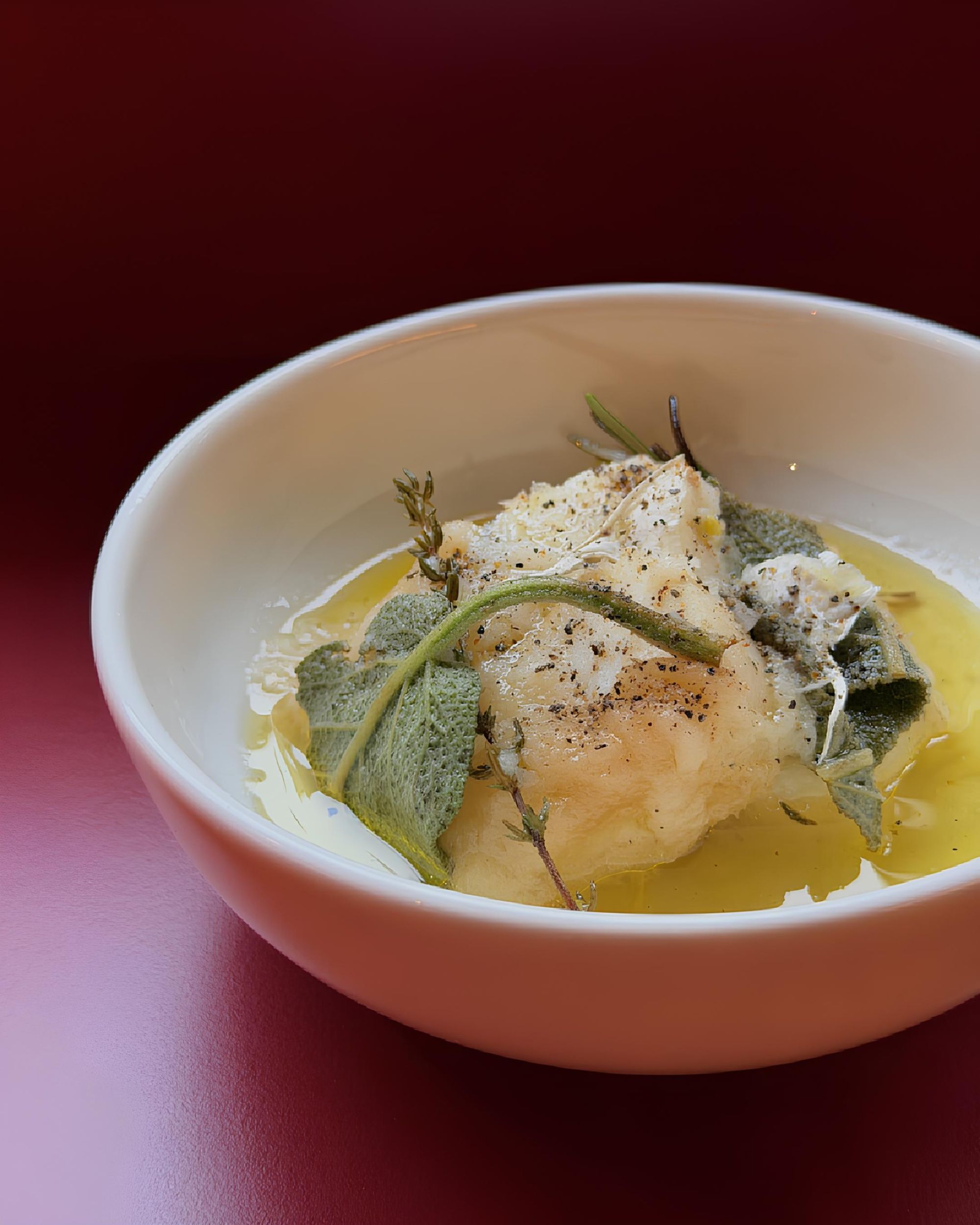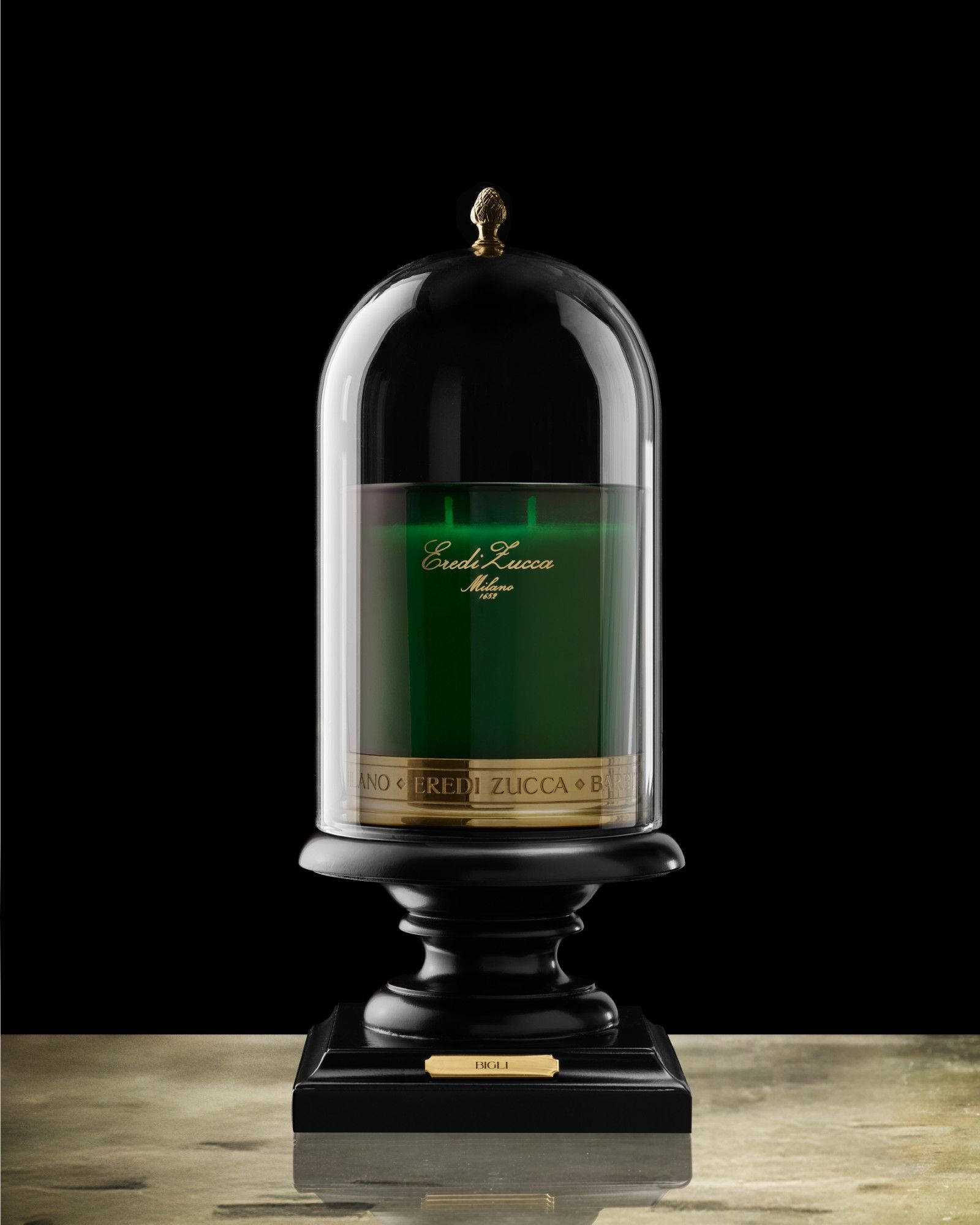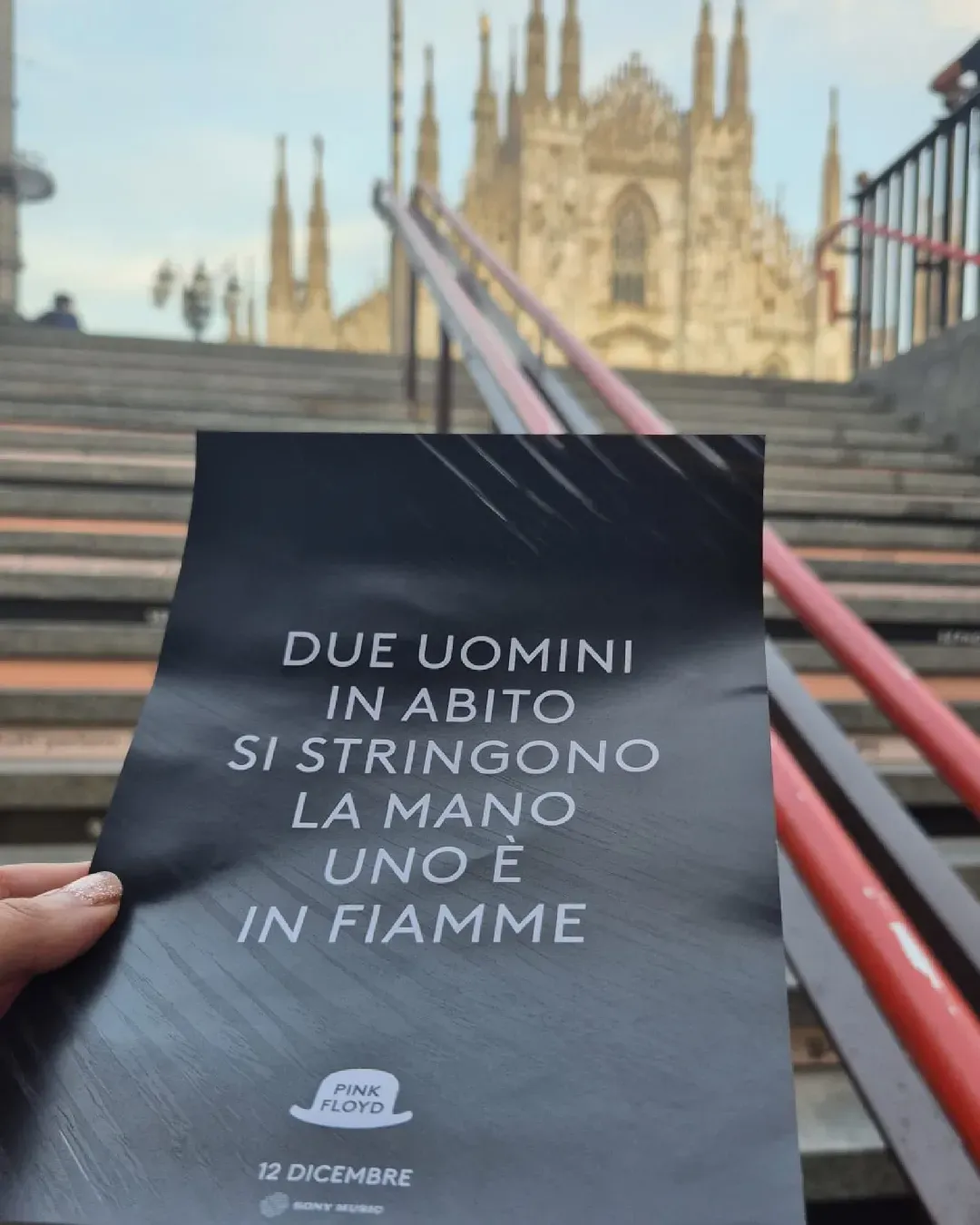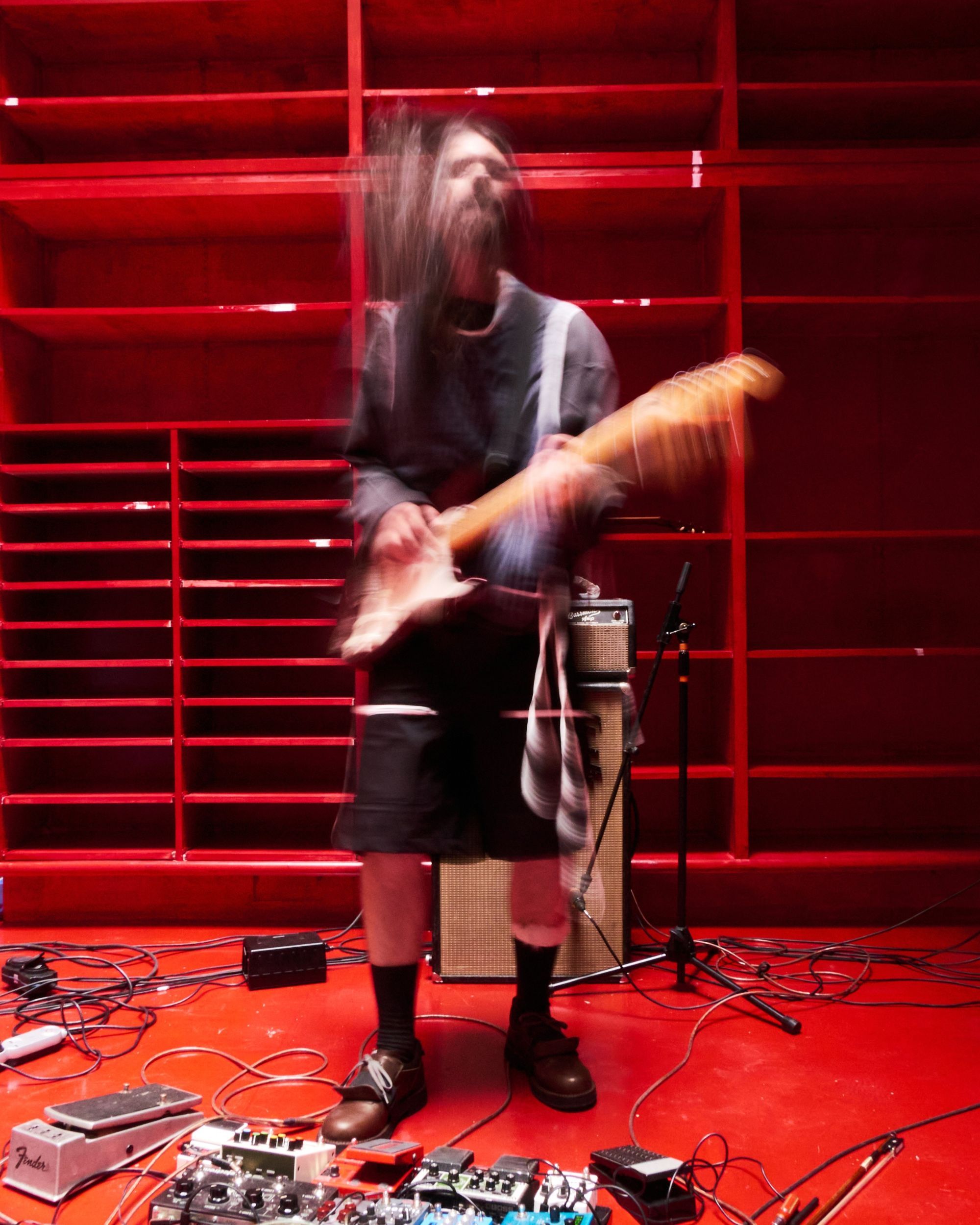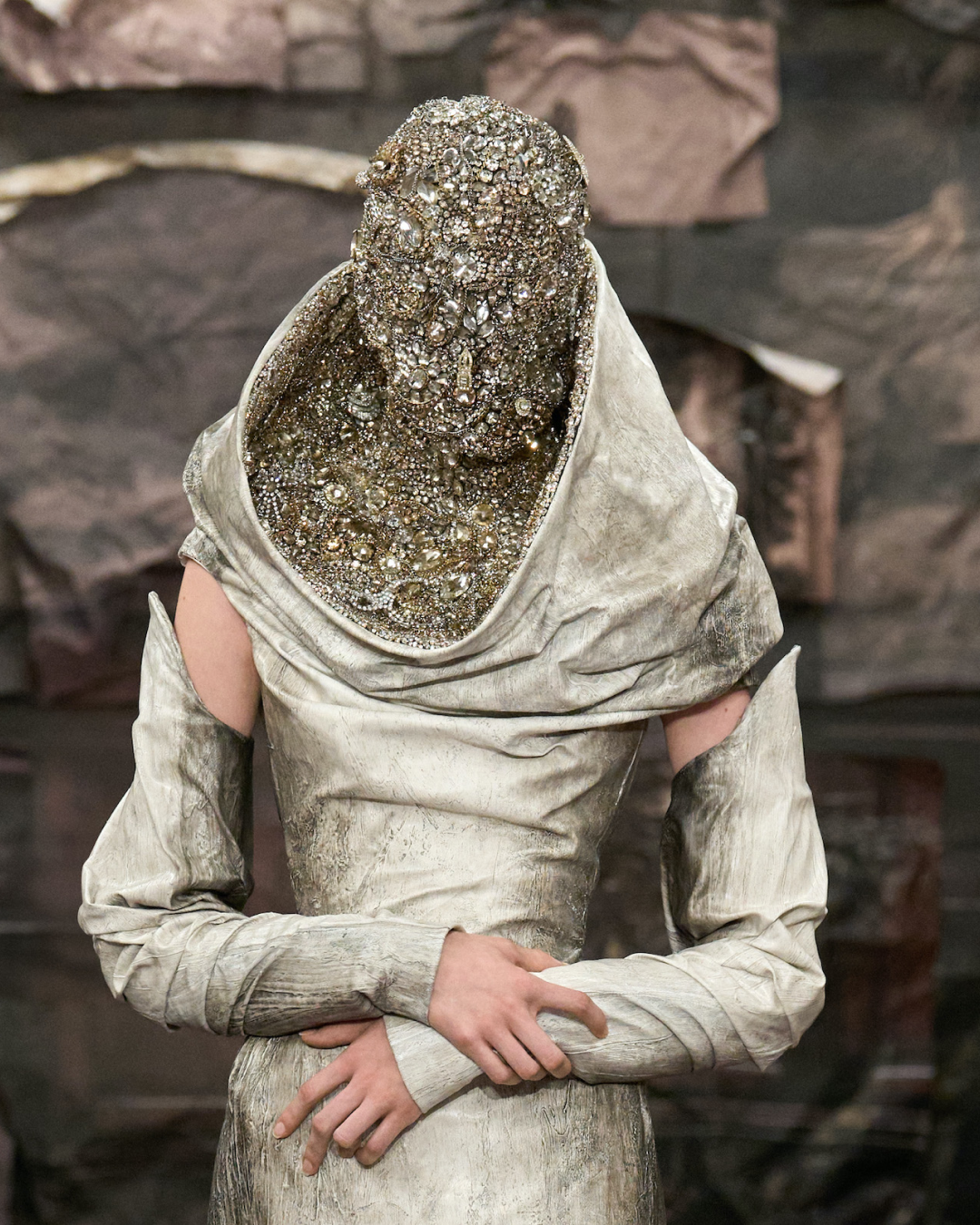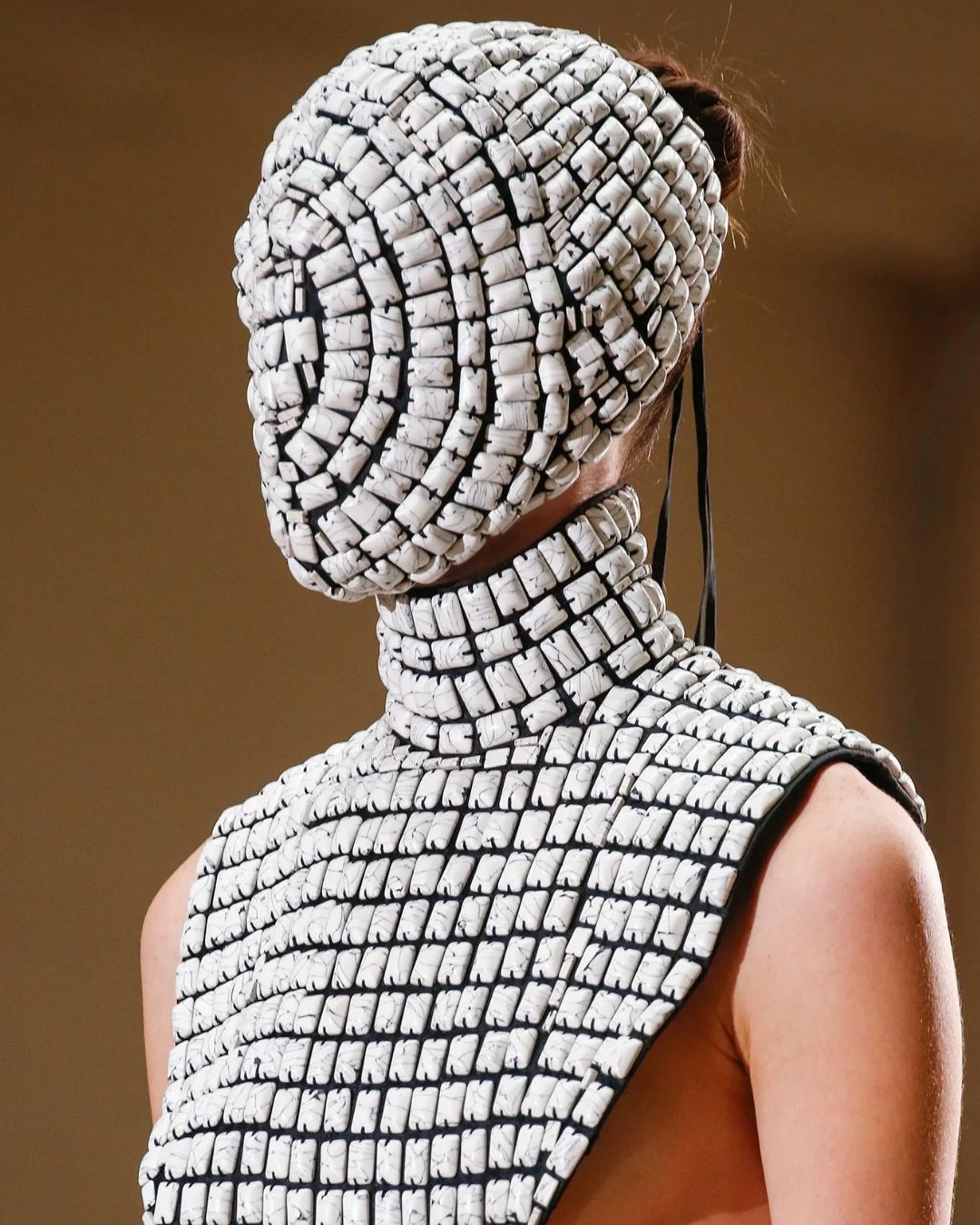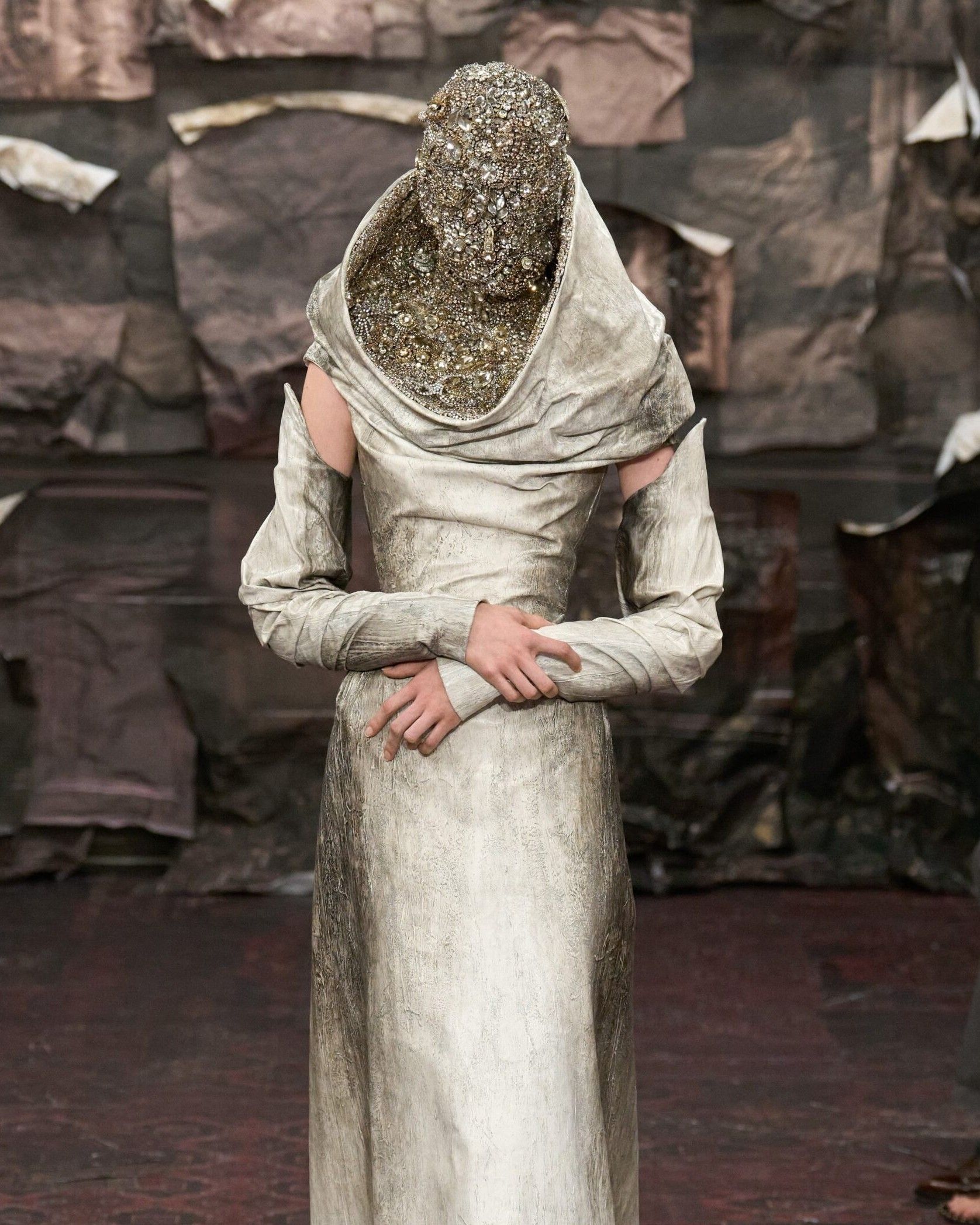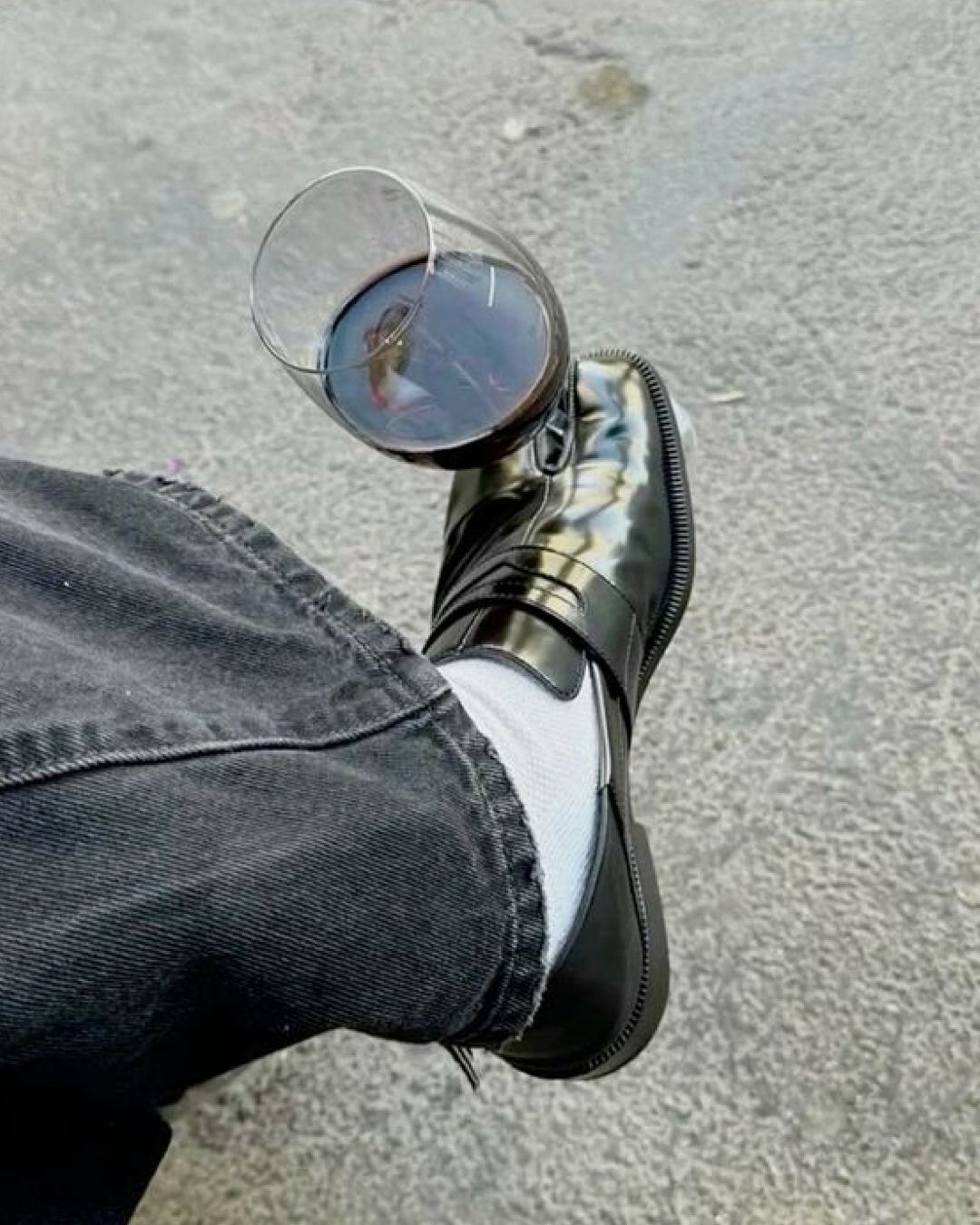
Margiela's tabi time has come Victims of their own success, there's every reason to believe that tabi is a thing of the past
Whether the Tabi shoes from Maison Margiela, in their ballerina or boot versions, have graced the feet of dedicated fashionistas and symbolize the Belgian brand’s avant-garde craftsmanship, their decline appears to have begun. A sad fate for a trendy piece, some might say. Indeed, despite their visionary and unique design, emblematic of Maison Margiela and its timeless ethics—far from filling temporary trends—several factors have unwittingly caused the pair to slip down the ranking of in-the-moment items. From overexposure to the rise of dupes and the endless cycle of novelty, revival, oblivion, and rebirth that defines fashion, here’s why Tabi may be on their way out.
In 1988, at the dawn of the Maison’s first runway show, Martin Margiela, eager to create a unique shoe, drew inspiration from Japanese workers and their split-toe cotton shoes observed on a trip to Tokyo. He reinterpreted this split-toe silhouette into a leather heeled boot and, to add an original twist, coated the shoes in red paint so that models left split-toe footprints on the runway. This staging gave Tabi shoes their reputation as a symbol of anti-fashion. Initially viewed as marginal, they remained for a long time exclusive to those within this aesthetic until a resurgence in 2021, followed by a viral comeback in September 2023. Today, Maison Margiela’s Tabi shoes, in ballerina, Mary-Jane, loafer, and brogue versions, lead the trends according to Lyst.
However, sometimes too much success can kill success. Before their meteoric rise, the model matched a particular and unique aesthetic, aimed at a defined group of consumers who saw in the shoes something beyond a trendy "fashion statement." The model represented almost a fashion elite, connecting collectors beyond mere ownership of a pair of shoes. Today, its various versions, from ballet-core ballerinas to punk-inspired leather boots, have made them appreciated by all, overexposed, and no longer faithful to themselves or their parent brand. Their appearance on celebrities whose aesthetics seem far removed from Maison Margiela’s, like Dua Lipa or Kylie Jenner, hasn’t helped restore their original significance. Celebrities wear them, fans are automatically charmed, and the model is over-sold to clients who trivialize it and discard it when the next trend arrives.
And a rise in the popularity of a luxury item, of course, means a rise in the number of dupes of that same piece on the market. The Chinese practice of "pingti," replicating an item from a major brand without the brand logo, once limited to leather goods and clothing, has recently expanded to cosmetics and shoes. But China is not alone in offering fake Tabi versions. While "pinged" items are indeed counterfeits, their cost remains relatively high. In addition to that, we can find online more and more "affordable alternatives," the new bread and butter for those who see trends as opportunities for profit. Vinted, for example, is flooded with Tabi-like models, fake yet sold for about €250 a pair, a price dwarfed by the real Margiela pair’s €800, though steep for a fake likely not worth its price. And the counterfeit circus doesn’t end there: the true scourge for Margiela, its shoes, and its image, are Tabi fakes sold on Chinese platforms like Shein, Temu, or Aliexpress, pushing the model to its lowest imaginable point—the purgatory of all respectable fashion insider—in a painful and shameful extreme democratization of a piece once symbolizing exclusivity.
@iriniyas Maison Margiela Tabi collection #maisonmargiela #maisonmargielatabi #maisonmargielatabiboots #tabi #tabiboots @Maison Margiela Emotions - Jack Scott
A tragic fate that likely awaits many luxury pieces, victims of their own success and excessive popularity. However, in fashion, nothing truly disappears; what dies is destined to be reborn, and vice versa. It’s possible that after a period of exile for Tabi and its replacement by another piece that will equally exhaust its audience over time, they will return as a fashion symbol of the past, celebrating a style of another era worth studying and spotlighting once again. We’re seeing this renaissance with, for instance, Isabel Marant’s heeled sneakers, a 2000s staple, or the Paddington bag by Chloé, recently spotted on the shoulders of every fashion insider after years of being forgotten. Until Tabi’s moment to return in force arrives, a little pause seems appropriate.

